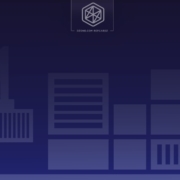Ginkgo is the testing framework of choice for many projects developed in Golang. Here is an example setup for SonarQube project analysis.
Prerequisites
- SonarQube server installation: For the purpose of the tutorial I have a docker image running on my machine on http://localhost:9000.
- SonarQube project: For the purpose of the tutorial I have created a project with project key
com.bdpanajotova.golang-sonar-exampleand nameGolang Sonar Example. - Golang project for analysis with Ginkgo tests: Here is the example project I use in GitHub.
Here is the documentation for the fast local setup of SonarQube.




